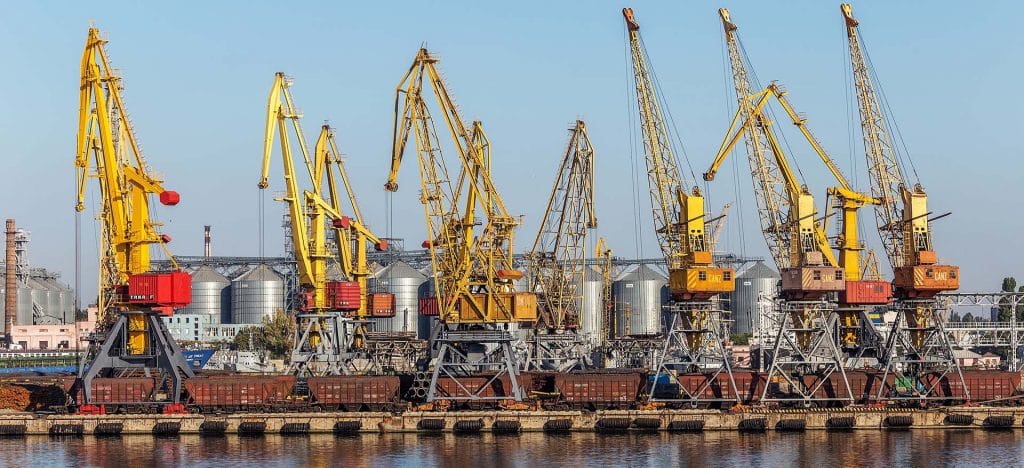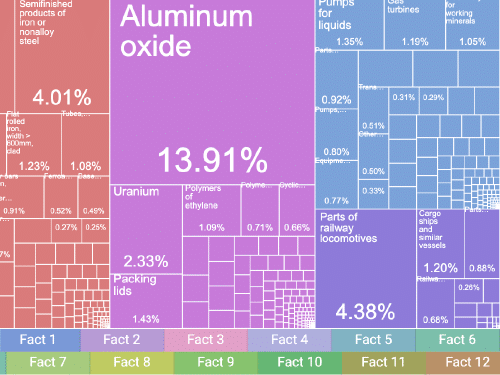Frank Neffke, our expert on economic transformation and growth, investigated changes in Ukraine’s economy throughout the years and its ties with other countries.
Frank, who leads the research field Science of Cities at the Hub, approached his former collegues at Harvard Growth Lab to use a worldwide dataset for an in-depth analysis of the Ukrainian economy.
The dataset, owned by the Growth Lab, includes spatial, ownership and industry information of over 200 million economic establishments worldwide and is powering the impressive tool Metroverse that Frank developed with a team while he was Growth Lab research director.
“These data allow us to study the economic makeup of cities not just in one country, but across different nations”, explains Frank. “As we know what each city does, and also where investment flows between cities at a global scale, we can see the effects of the war in Ukraine on the economies in the West,” he adds.
Together with Matté Hartog and Yang Li, Growth Labresearch fellows, Frank produced a couple of interactive figures and tables highlighting 12 facts about “The Economic Geography of the War in Ukraine.”
Here are some insights:
UKRAINE GOES WEST
In the past decade, Ukraine shifted away from Russia and started embracing Europe. The European Union is now its largest trading partner, accounting for over 40 percent of its annual exports – in comparison, just 7 percent of Ukrainian exports go to Russia. In its shift towards the West, Ukraine expanded its presence in supply chains serving European manufacturing hubs and also benefited from growing foreign investment. Germany, for instance, is an important investor in Ukraine.
IMPACT ON FOREIGN INVESTMENT
Western companies with investments in Ukraine and Russia won’t face huge losses, but the exposure is unevenly distributed across countries. And supply-chain related investments are even more concentrated in a few countries and regions: the impact of the war will be mostly felt in Europe – with the largest losses affecting in the South of Germany, Paris, Southern Finland and Northern Italy – and some other neighbors of Russia in Asia, such as Japan. Moreover, in per capita terms, a number of smaller eastern and central European countries are disproportionately hit, such as Austria, Switzerland, Estonia, Lithuania and Slovakia.
RESSOURCES
The findings can be retrieved via an interactive page https://vis.csh.ac.at/12-facts-ukraine-rus-eu/ – designed by our vis expert Liuhuaying Yang.
It was also published as a CSH–Harvard Growth Lab Policy Brief (in pdf format).


